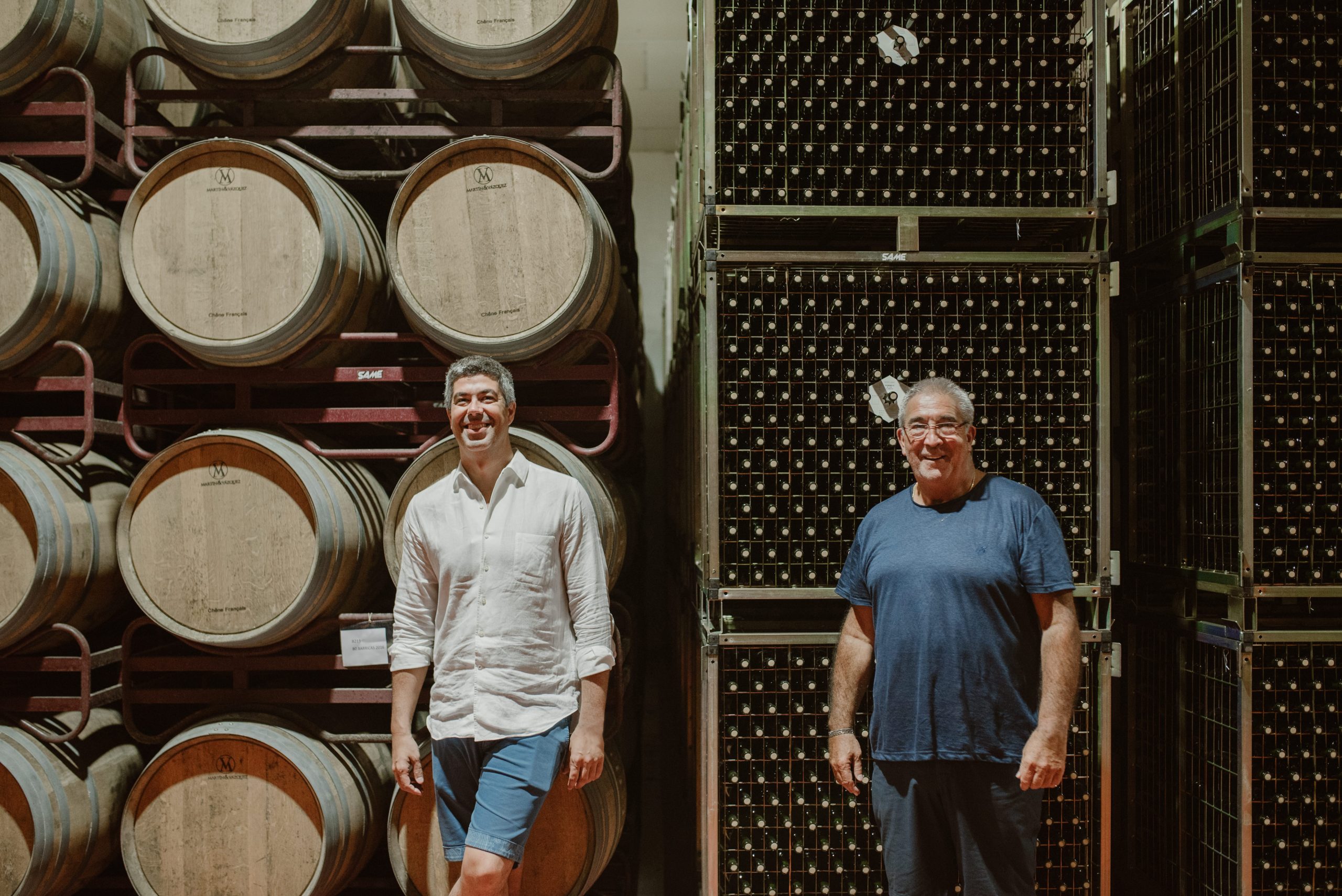Bordeaux 09 vs 10: why the gaps?
A number of Bordeaux estates hold exactly the same score for their 2009 and 2010 vintages yet the pricing for both is rarely equal.
Liv-ex recently pointed out the price disparity between the ’09 and ’10 vintages of Château Montrose where, despite both having 100-points from The Wine Advocate, the 2009 remains 12% more expensive than the 2010.
However, it would appear this is a situation not unique to Montrose. Liv-ex has dug a little deeper and found 22 estates where both the ‘09 and ‘10 vintages have the same score from The Wine Advocate but where the price has swung in favour of one or other of those vintages, sometimes quite dramatically.
The full list can be seen below and Liv-ex adds that a 5% swing either way is a reasonable variation and half the wines on the list exhibit this sort of volatility.
Nonetheless, there remain eight wines where the disparity is far more than 5% in favour of either the ‘09 or ‘10.
At the centre of the pack – and therefore suggestive of more “efficient market pricing” – is Le Pin which has a very slight 0.29% price difference in favour of its 2010.
Pavie’s 2010 is 0.4% more expensive than the 2009 while Pontet Canet and Petrus’s 2009s have 0.69% and 0.8% premiums on their 2010s. All of those wines are 100-pointers.
At the extreme edges Angelus, the aforementioned Montrose, Gaffeliere and Gazin all have premiums in favour of their 2009s ranging from 8% to 22%.
Meanwhile Beausejour Duffau, Vieux Château Certan, Canon Gaffeliere and Ausone’s gaps all favour their 2010 wines.
Partner Content
Ausone in particular displays the greatest of all deficits with its 2010 at £11,000 a case being 25% more expensive than its 2009 at £8,800. Both have 98+ points and Robert Parker has said the ‘09 is a, “masterpiece in the making” – yet it is the one lagging behind.
When examining the example of Montrose, Liv-ex focused on three potential factors that might cause gaps such as these: scores, longevity and distribution.
In the case of Ausone part of the answer is both have declined in price since their respective price releases in 2010 and 2011, the ‘09 is down 19.9% since summer 2010 while the ‘10 has gone down 20% but was so much more expensive upon release that it has simply managed to keep its nose ahead.
In terms of scores they are both largely consistent although the 2009s seem to have the edge in critics’ preferences – Jancis Robinson MW and James Suckling rated the ‘09 higher than the ’10 as did Steven Tanzer originally – which should (in theory) help drive demand.
The 2010s were also released into a declining market and as such were not generally as widely distributed – although for a smaller Right Bank property like Ausone this is perhaps less of an issue than with the higher volume Médocs.
Perhaps the more intangible factor of buyer desire is simply at play here?




